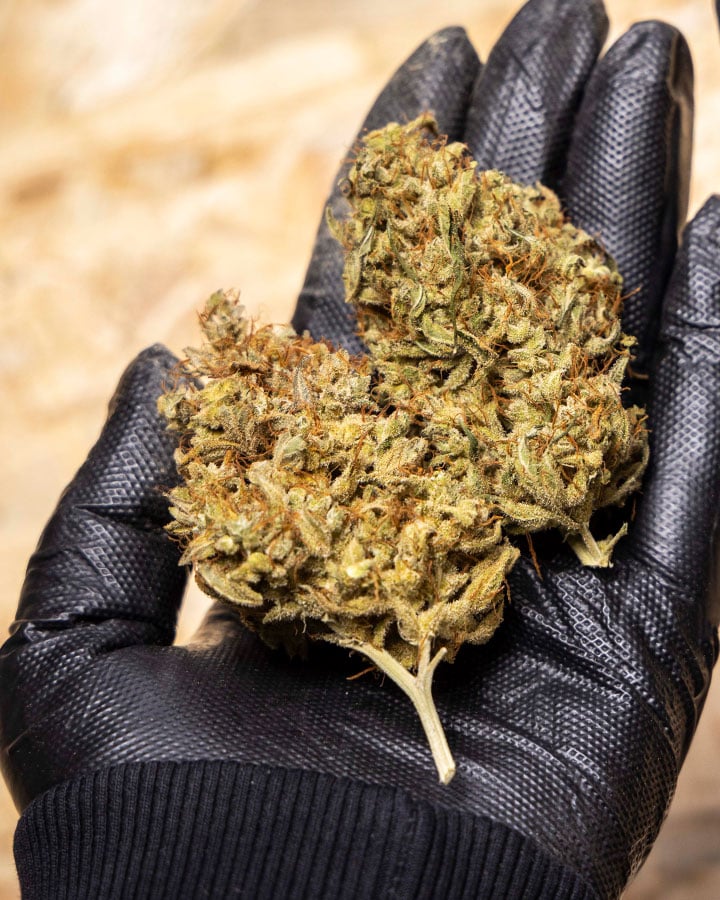The Rise of Weed: A Look at its Popularity and Impact on Modern Society

Weed, also known as marijuana, cannabis, or pot, has been a part of human culture for thousands of years. Its roots trace back to ancient civilizations, where it was used for medicinal, spiritual, and recreational purposes. However, in modern times, its status has shifted dramatically. Once criminalized and stigmatized, weed is now at the center of a global conversation on health, legality, and societal impact. on Weed in Modern .
The History of Weed Use
Cannabis has a rich history that spans across various cultures. In ancient China, around 2700 BCE, it was used as a medicinal plant, valued for its therapeutic properties. Similarly, the ancient Egyptians, Greeks, and Romans documented the use of cannabis for pain relief and other ailments. In fact, the use of cannabis as a medicinal plant continued until the early 20th century.
However, in the 1930s, a shift began when cannabis became linked with criminal activity and marginalized communities, particularly in the United States. The plant was demonized in the media, and by 1937, the Marijuana Tax Act was passed, effectively making cannabis illegal. Over the following decades, the stigma surrounding marijuana grew, especially as the “War on Drugs” took root in the 1980s.
Despite its criminalization, cannabis remained a part of underground culture, especially during the counterculture movements of the 1960s and 1970s. It wasn’t until the late 20th century and early 21st century that attitudes towards weed began to shift once more, spurred by growing evidence of its medicinal benefits and increasing public support for legalization.
Weed in Modern Times: Legalization and Medical Use
Today, cannabis is experiencing a resurgence. A significant shift in public perception has taken place, with an increasing number of countries and states in the U.S. legalizing weed for both medicinal and recreational use. As of 2025, many U.S. states have passed laws that allow adult-use marijuana, while others have legalized medical marijuana for patients with certain health conditions.
The medical use of cannabis has been one of the most significant drivers of its resurgence. Cannabidiol (CBD), one of the compounds in cannabis, has been particularly lauded for its therapeutic benefits without the psychoactive effects associated with tetrahydrocannabinol (THC), the compound responsible for the “high” feeling.
But the conversation is also growing around the need for more research. While medical marijuana has shown promise in treating various conditions, further studies are necessary to fully understand its long-term effects.
Recreational Use and Cultural Shift
On the recreational side, marijuana has become a major part of popular culture, especially among younger generations. In many areas where weed is legal, cannabis lounges, dispensaries, and cannabis-infused products have become a booming industry.
However, this cultural shift hasn’t been without controversy. Concerns around increased usage among teenagers, impaired driving, and potential addiction remain at the forefront of the debate.
Research on the long-term effects of marijuana use is still ongoing, but there is evidence that heavy use, especially among adolescents, can have adverse effects on cognitive development.
The Economic Impact
The cannabis industry has created thousands of jobs, ranging from cultivation and production to retail and distribution. Additionally, taxes from marijuana sales contribute millions, if not billions, of dollars to state and national economies.
This economic benefit has been a key argument for many advocates of legalization.
Moreover, cannabis tourism has also emerged as a new sector, with people traveling to states where it is legal to experience cannabis culture, purchase products, and attend events like cannabis festivals and educational seminars.
Conclusion: The Future of Weed
As the cannabis industry continues to expand and evolve, the debate around its use will likely remain a contentious topic.
Ultimately, the future of weed will depend on a balance between education, regulation, and responsible use.
Whether as a medicine, recreational substance, or cultural phenomenon, weed is now firmly entrenched in the fabric of modern society—and its story is far from over.
You’re the best when it comes to marijuana products , always taking care of me. Definitely recommending you to my friends. Thanks for the quick delivery .Really happy with the product .As usual, it’s top-notch. Keep it up you. you can contact them on email Scenthub43@gmail.com and also there Telegram : https://t.me/Scenthub43
wow Thanks for the referral they have great service and got the best weed around. and the delivery is so smooth

Thanks for always being reliable! I can always count on you for good product.
You’re the go-to in the area for a reason. Always a smooth experience